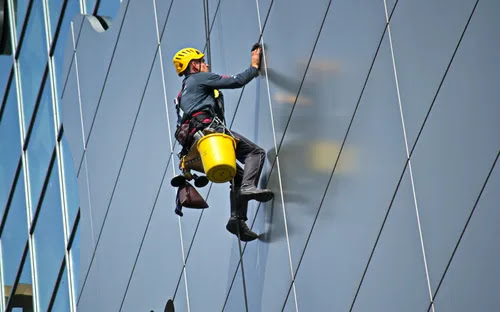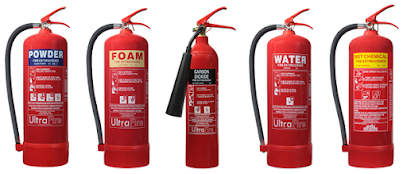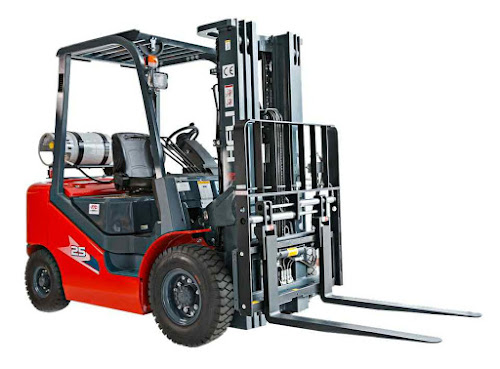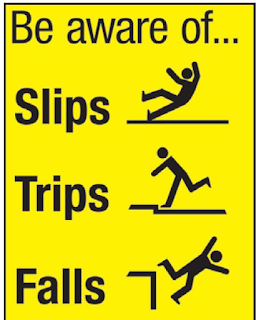working at height Hazards and control | ऊंचाई पर काम के जोखिम और नियंत्रण
What is Work at height?
Working at heights is a common requirement for many jobs and occupation especially in the construction industry which remains one of the biggest cause of fatalities and major injuries.
working at height hazards included:
- high vertical distance work
- fragile or weak roof material
- weather condition during work
- voids present on roofs
- using unstable equipments
- unprotected edge
- sloping roofs
- untrained workers
- poorly maintained access equipments
- weakening of structure
- bad storage of materials
- poor housekeeping
Working at height hazards activities
Different work activities involved in working at height:
- Roof works
- Painting on walls
- Steel work fabrication
- Scaffold erection
- Dismantling and demolition
- Welding roofing trusses
Falling from heights consequences:
- death
- neck or spinal injury that leads to paralysis
- multiple broken bones to whole body
Preventing the risk of working at heights
Planning - Planning is a very important part of work at heights. There are three tools that enable you to do that
1. The work plan review
A work plan review must be understand before a project start to examine what is required at a design stage to reduce the eliminate risk as for as reasonably practical
- All stakeholder example project manager, contractor, supervisors and workers also should be involved in the review.
2. The falls prevention plan
A written falls prevention plan must be prepared for all works to determine the hazards and controls involved in working at height.
- It should be provided to contractors and sub-contractors and included in all workers induction and training.
- Audit should then be done regularly to ensure compliance.
3. The risk assessment
A risk assessment must be completed by all contractors for each site or operation to identify the hazards, the risk and control measures required for a project or task
- The risk assessment must cover the Hierarchy of fall protection.
- It must be approved by the project manager or the person responsible for health and safety
Control measures of working at height
- Use work equipment like
scaffolding
- Ensure all work at height is
properly planned and organised
- Check weather condition
- Have a trained and competent staff
- Inspect work equipments
- Provide safety harness and other PPE (Personal
protective equipment)
Emergency rescue
Provision of rescue arrangement must be available for emergency purposes in working at heights. Rescue equipments such as ladder and cherry pickers should be ready and the rescues must fully train and equipped
Other hazards at workplace
Anything that has the potential to cause harm.
Common workplace hazards consists of:
- Manual handling
- Noise
- Work at heights
- Chemicals
- Machinery
(Hindi translation)
ऊंचाई पर काम के जोखिम जो प्रभावित करते हैं
नीचे दिए गे खतरे ऊंचाई पर काम करने में शामिल हैं- ज्यादा ऊंचाई या दूर का काम - ज्यादा उपरी काम या वो काम जो व्यक्तिगत हाथ की पहुँच से दूर हो
- नाजुक या कमज़ोर शत सामग्री - शत का कमज़ोर होता भी एक जोखिम भरा काम हो सकता है
- काम के दौरान मौसम की स्थिति - काम करते समय ज्यादा गर्मी, हवा का दबाव, बारिश, भुकम्ब इतियादी
- शतों पर मौजूद खालीपन/ओपनिंग - शतों के उपर खालीपन, ओपनिंग, होल इतियादी हो सकता है
- अस्थिर उपकरणों का उपयोग करना - काम के समय उपकरण स्थिर न होना या गलत तरीके से इस्तेमाल करना या उपकरण के साथ व्यक्ति भी नीचे गिर सकता है
- असुरक्षित किनारे - शतों के किनारे खाली कोई रोक नहीं भी एक खतरा है
- ढलानदार शत - ढलानदार शत के ऊपर भी काम करना जोखिम भरा काम हो सकता है
- अप्रशिक्षित कर्मचारी - बिना काम की ट्रेनिंग के काम पर जाना या भेजना भी जोखिम उठाना है
- लम्बे समय से ख़राब उपकरण - लम्बे समय से खराब उपकरण ऊंचाई पर लेके काम करना खतरा हो सकता है
- संरचना/मचान का कमज़ोर होना
- सामग्री का ख़राब भंडारण या बिखरा सामान
- खराब हाउसकीपिंग/कचरा
ऊंचाई पर काम से गिरने के परिणाम
- मौत
- गर्दन या रीड की हड्डी में चोट जिससे लकवा भी हो सकता है
- शरीर में कई हड्डियां टूटना
ऊंचाई पर काम शुरू करने से पहले आपातकालीन बचाव व्यवस्था का प्रावधान होना चाहिए, बचाव उपकरण जैसे सीड़ी, चेरी पिकर तयार होना चाहिए अथवा इमरजेंसी गाड़ी जो ज़ख़्मी व्यक्ति को हॉस्पिटल लेके जा सके| और बचाव पूरी तरह से प्रशिक्षित और सुसज्जित होना चाहिए ||
कार्यस्थल पर और कौन-कौन से खतरे ?
कोई भी ऐसी चीज़ जो खुद आपनेआप में खतरा है क्या है
कुश ऐसे खतरे जो कार्य स्थल पर होते हैं





Comments
Post a Comment
Please do not enter any spam link in the comment box.